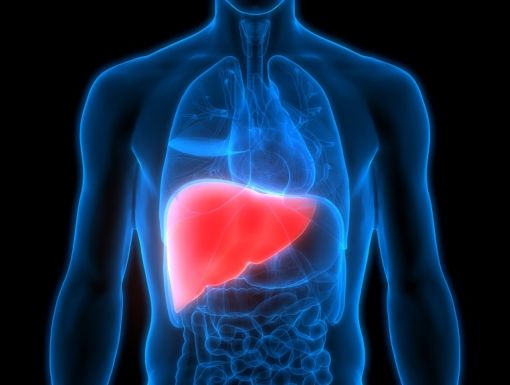
What Are the 5 Symptoms of Liver Disease?
Your liver is the MVP among your organs. In fact, you can’t live without it. Shaped somewhat like a football that’s flat on one side, it’s located on your right side, right under your rib cage. The liver’s top three functions are:
- Detoxifying the blood: The liver filters harmful substances, keeping your body safe from toxins.
- Producing energy: By processing nutrients from food and drinks, the liver converts them into energy.
- Creating bile: Bile aids in digestion, breaking down fats for the body to absorb nutrients efficiently.
For something that weighs only about 3 pounds, the liver does a lot of work. It functions like a small factory or an internal chemical refinery, processing what you eat and drink into nutrients while removing harmful substances from your blood.
What are the symptoms of liver disease?
Your liver is an amazing organ that works 24/7, but it can be damaged by an unhealthy diet, drugs, alcohol, toxins and some viruses. These factors can lead to cirrhosis, tough scarring which builds up and hampers the liver’s ability to work properly.
While you may not have heard much about liver disease in the media, it’s quite common in the United States; approximately 5.5 million Americans are living with cirrhosis or chronic liver disease. More than 4 million Americans have hepatitis B or C, and most don’t know they are infected. And liver cancer has more than tripled since 1980.
Most types of liver disease don’t cause symptoms in the early stages. Here are some symptoms that might indicate liver disease that has progressed:
- Jaundice (yellow skin and eyes): A key sign of liver dysfunction, caused by a build-up of bilirubin in the blood.
- Unusual stool or urine: Pale, bloody, or tar-like stools and dark urine may signal impaired liver function.
- Swelling: Fluid retention can lead to a swollen abdomen, legs, or ankles.
- Persistent fatigue and weakness: Liver disease often causes chronic energy depletion.
- Nausea and loss of appetite: Digestive distress is another common symptom.
What diseases can result in needing a liver transplant?
- Biliary atresia (a condition in babies in which the bile ducts outside and inside the liver are scarred and blocked)
- Metabolic diseases (e.g. Wilson disease, urea cycle defects, tyrosinemia, organic acidemias)
- Autoimmune hepatitis or sclerosing cholangitis
- Viral hepatitis
- Acute hepatic necrosis, or acute liver failure
- Portal hypertension (abnormally high blood pressure in the portal vein, the large vein that brings blood from the intestine to the liver)
- Liver tumors
- Cirrhosis
- Non-alcoholic steatohepatitis
How can you keep your liver healthy?
- Eat a healthy diet with plenty of fruits, vegetables and good carbohydrates. Don’t overindulge in fatty foods and sugary drinks.
- Maintain a healthy weight and avoid obesity.
- Limit alcoholic drinks to one drink per day for women, and two drinks per day for men
- Exercise, every day
- Practice safe sex to avoid hepatitis infections. Injection drug use is also a leading route of transmission for hepatitis C infections.
- Avoid tattoos and piercings. Improperly cleansed instruments can spread hepatitis B and C.
- Make sure you are vaccinated against hepatitis. Currently, vaccines are available for hepatitis A and B.
- Talk to your doctor about a hepatitis C virus screening blood test, which is recommended for many Americans. Highly effective therapies are widely available.
Learn more about hepatology care at Ochsner.
If you are concerned about your child’s liver health, make an appointment with Ryan Himes, MD



